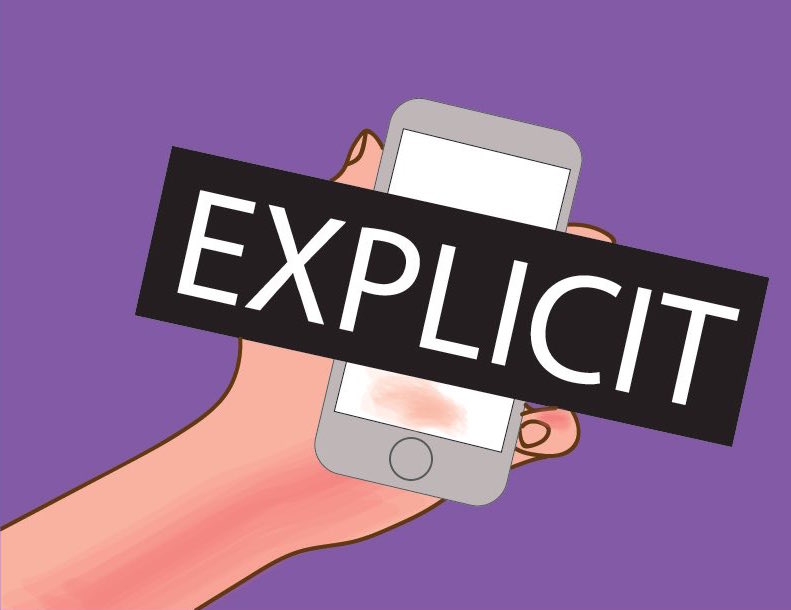Sexting, A Misunderstood Problem
November 16, 2015
With the evolution of technology, cell phones are becoming much more common, and parents are trusting their children with cell phones at much younger ages. Sometimes, however, these children may not be responsible enough to handle these cell phones which brings about an issue that most parents never expect to have to deal with:
Sexting.
“Sexting” is the sending of nude or sexually explicit photos by electronic means, such as a text message. Most people believe that this content is 100% private and as long as it is between two people, then there is no problem.
But the law sees otherwise.
If the person in the photo is under the age of 18, it is immediately considered child pornography, and there are criminal charges for the distribution and possession of these photos.
Ave Mince-Didier from www.criminaldefenselawyer.com described a situation that is easily understood. “Suppose a 13-year-old girl takes topless photos of a friend. She sends those photos to her friend’s crush, a boy age 14, with her friend’s permission. He forwards them on to two of his friends, also age 14, who both look at the picture, but quickly delete it. All of these children have violated New Jersey’s law against child pornography.”
Children are often unaware of these laws and continue to violate them.
Bridgewater, NJ faced this problem, and their school district handled it responsibly by giving students a couple of days to remove photos, and setting the consequence at a minimum 5 day suspension. They also reserved the right to take away field trips, prom, and possible graduation ceremonies from offenders.
This is a growing problem that can easily be avoided by educating teens on the laws of sexting when they get their cell phones.
The easiest solution? Just don’t take the picture.

